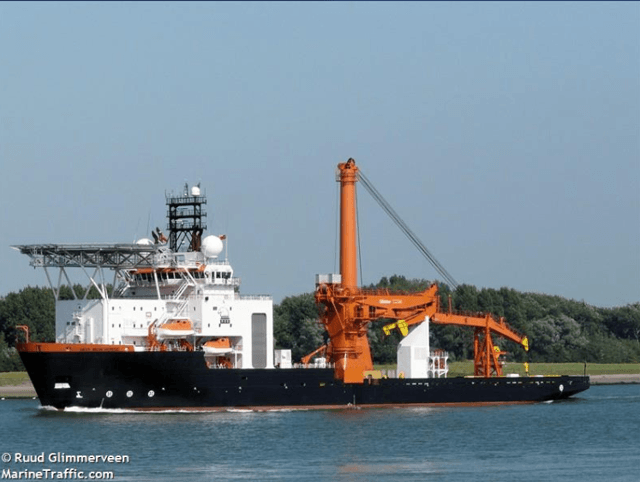Iron Horse
Hornbeck Offshore (HOS) started this year on a moderately optimistic note. The market situation was developing favorably, floater utilization was increasing, and the company was looking for higher utilization of offshore support vessels. Unfortunately, this scenario did not materialize. The third quarter report came with disappointing numbers as revenues and utilization dropped in comparison with the second quarter of 2019. Now, the main question is how the company is going to restructure its debt.
Company's current position
Hornbeck Offshore finished the third quarter with $136 million of cash on the balance sheet, $56 million of restricted cash, short-term debt of $224 million and long-term debt of $1 billion. In the first nine months of this year, operating cash flow was -$72 million. In the same period, the company paid $63 million of cash in debt interest – a crushing burden for a company that had revenues of $164 million in the first nine months of this year. The first maturity is coming soon: the company will have to deal with $224 million of 5.875% senior notes due 2020. The company commented:
“We currently project that even with the currently depressed operating levels, cash generated from operations, together with cash on hand should be sufficient to fund our operations and commitments through at least March 31, 2020 […] We remain fully cognizant of the challenges currently facing the offshore oil and gas industry, and we continue to review our capital structure and assess our strategic options”.
Expectations
Restructuring is the only option at this point. Hornbeck Offshore carries too much debt and the recovery is late to the party. The company needs to materially decrease (or, better, fully eliminate) its debt load to remain a viable enterprise. Hornbeck Offshore’s management has made a number of moves in recent years to try and save common equity but
